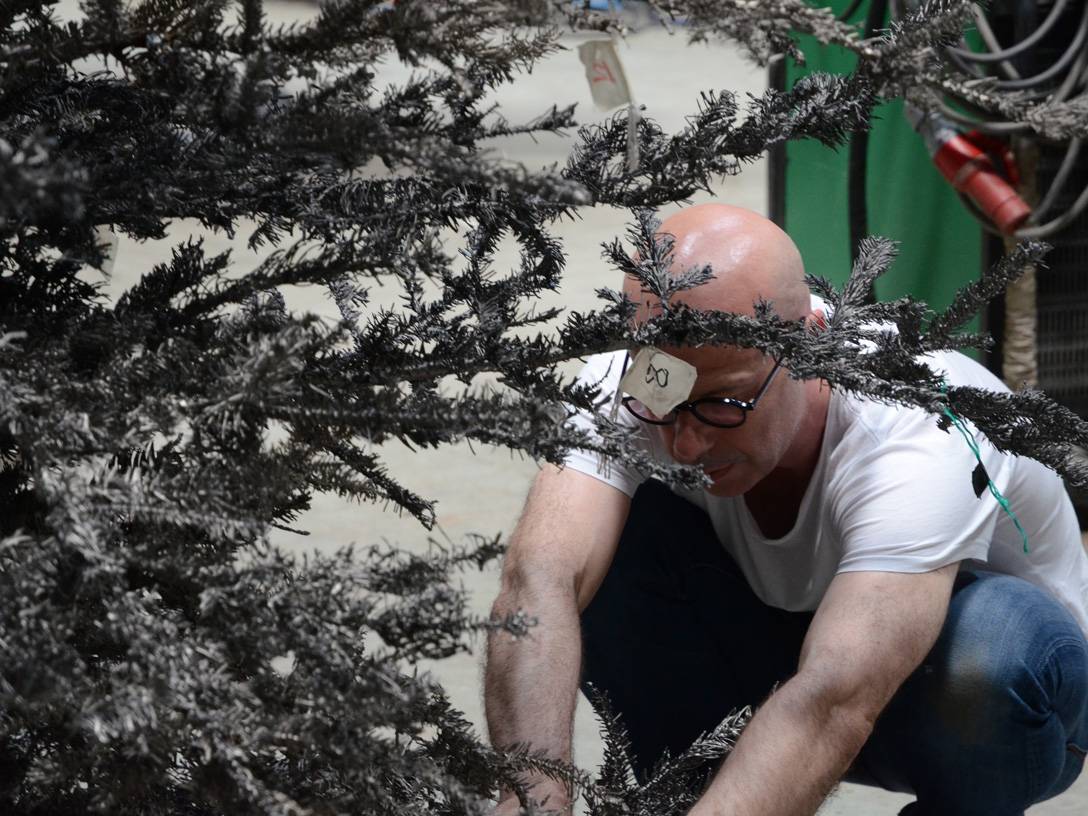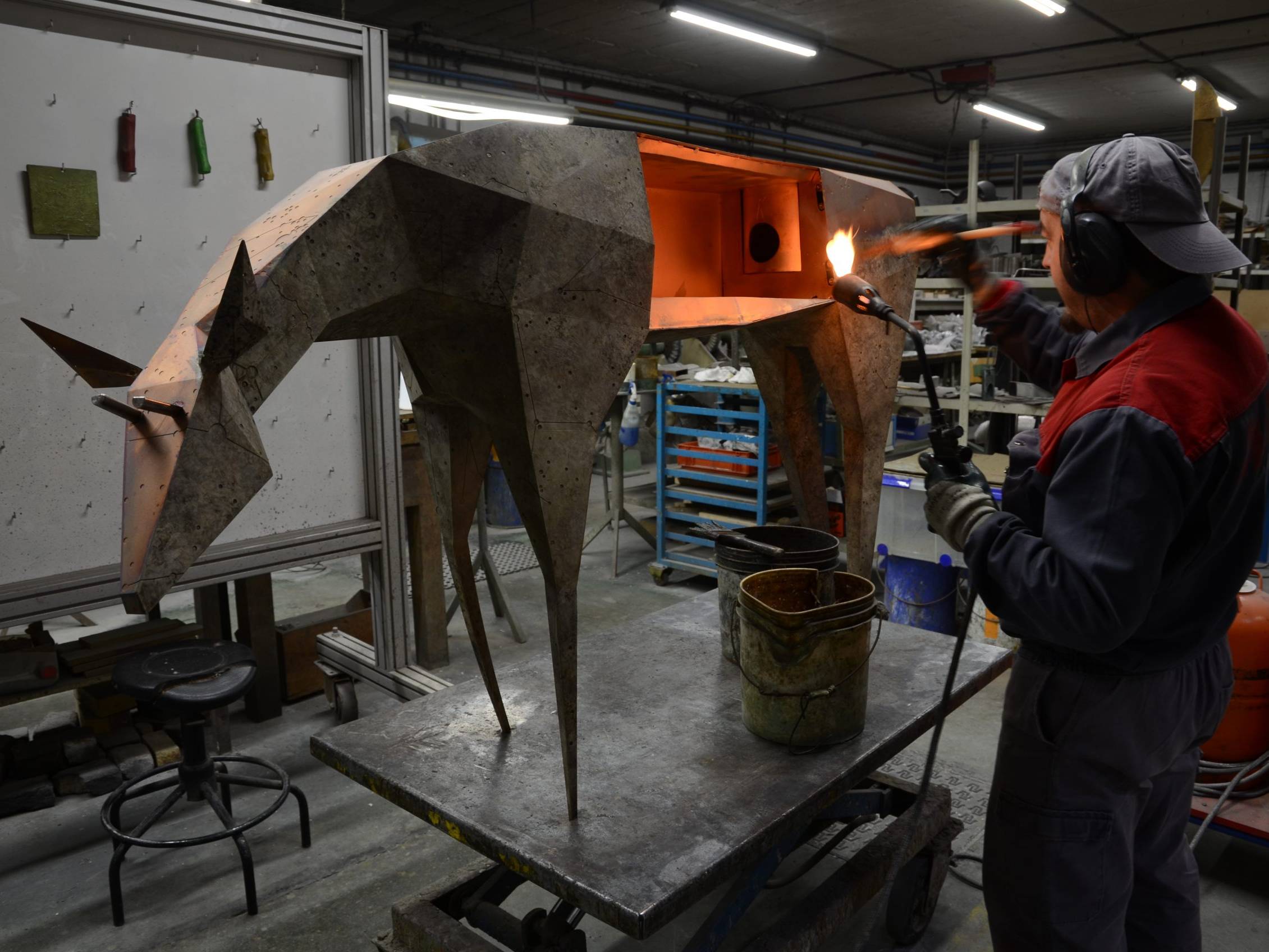
The History and Evolution of Artistic Foundries
Artistic foundries hold a significant place in the history of art, playing a vital role in the creation of magnificent sculptures and decorative objects. These foundries have evolved over time, adapting to new techniques and technologies while preserving traditional craftsmanship. In this article, we delve into the rich history and fascinating evolution of artistic foundries.
History of Bronze Statues: Bronze statues have a storied past that spans thousands of years. Dating back to ancient civilizations such as the Mesopotamians, Egyptians, Greeks, and Romans, bronze statues were highly regarded for their beauty and durability. The Bronze Age marked a turning point in human history when civilizations discovered the art of bronze casting, which allowed them to create intricate and lifelike sculptures. These bronze statues often depicted gods, heroes, and revered individuals, serving religious, commemorative, and artistic purposes.
Evolutionary Theory of Art: The evolutionary theory of art explores the development of art throughout human history in relation to biological and cultural evolution. It posits that art has played a significant role in human survival and reproduction, serving as a means of communication, expression, and social cohesion. From prehistoric cave paintings to modern masterpieces, art has evolved alongside human civilization, reflecting cultural values, beliefs, and societal changes.
The Use of Bronze for Decorative Objects: Bronze has been a preferred material for decorative objects for thousands of years due to its unique properties. It is an alloy composed primarily of copper and tin, offering excellent durability, malleability, and resistance to corrosion. These qualities make bronze an ideal choice for creating intricate sculptures, statues, and ornamental pieces. The use of bronze allows artists to capture fine details and achieve a remarkable level of realism in their artwork. Additionally, bronze develops a distinctive patina over time, adding depth and character to the objects.
Artistic Foundries: Adapting to Change: Throughout history, artistic foundries have adapted to new technologies and artistic movements. Industrial advancements, such as the development of more efficient furnaces and casting techniques, have revolutionized the process of metal casting. Foundries have embraced these advancements, enabling artists to create larger, more complex sculptures and experiment with innovative designs. Additionally, contemporary foundries often combine traditional craftsmanship with modern tools and materials, pushing the boundaries of artistic expression.
Discover the Artistic Legacy at Alfa Arte: Explore the rich heritage of artistic foundries and witness the beauty of bronze sculptures first-hand. Alfa Arte Foundry is renowned for their dedication to preserving traditional foundry techniques while embracing modern innovation. Alfa Arte showcases a diverse range of exceptional bronze sculptures and offers insights into the intricate process of metal casting. Their commitment to quality and craftsmanship has made them a trusted name in the artistic community.
Artistic foundries have played an integral role in the history and evolution of sculpture and decorative objects. From the ancient civilizations of the past to contemporary studios, these foundries have continuously adapted to changing times while upholding the artistry and craftsmanship that define their work. The enduring beauty and versatility of bronze, coupled with the advancement of techniques, ensure that artistic foundries will continue to shape the art world for generations to come.



